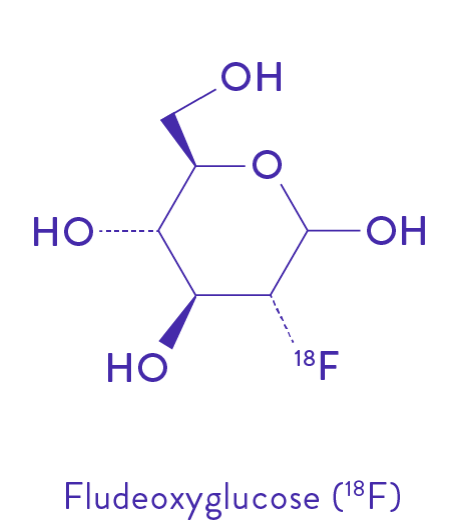The power and potential of PET
Transforming the clinical setting
Positron emission tomography (PET) is a functional imaging modality that has the potential to become an essential tool in drug discovery and the foremost clinical diagnostic technique for imaging and localizing disease.
A PET scanner detects pairs of gamma rays emitted indirectly by a positron-emitting radiotracer, which is injected into the body on a biologically active molecule.
Since its invention and development by Michael E. Phelps and colleagues in the 70s, PET has already made a profound impact on cancer, neurology, and cardiology diagnosis.
However, much of the potential of PET has remained largely untapped.
PET relies on the use of radioactive isotopes to visualize physiological processes of the body.
These are typically isotopes with short half-lives. Radionuclides with longer half-lives exist, but often have drawbacks such as limited availability, limited resolution, and potentially higher radiation exposure.


Approximately 90% of PET scans use fludeoxyglucose (FDG), an analogue of glucose labeled with fluorine-18, as the radiopharmaceutical.
PET Scan
3D images of tracer concentration within the body are then constructed by computer analysis.
The amount of the radionuclide collected in a tissue affects how brightly it appears on the resulting image.

A primary challenge for developing PET radiotracers has been the requirement for rapid synthesis and purification of biomarker/drug molecules labeled with short-lived positron-emitting isotopes.
Future state
Fuzionaire Dx's technology enables the radiolabeling of a broad range of ligands for disease-targeting and drug discovery with fluorine-18. Our process also occurs at record-breaking speed.
Our radiolabeling chemistry creates new possibilities for drug discovery and non-invasive diagnostic imaging in a new era of precision and personalized medicine.
Learn more about our radiolabeling platform.
Learn MoreGet in touch
If you are interested in learning more about our radiolabeling platform, we want to hear from you.
Contact